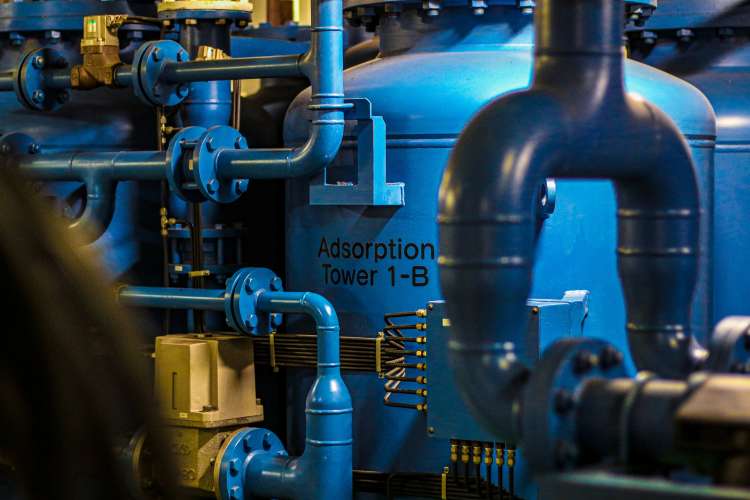
The global market for liquefied natural gas is experiencing an upheaval, driven by robust demand, supply disruptions, and geopolitical uncertainties. The surge in LNG prices has affected Asian buyers where countries like India are grappling with the economic repercussions of increased energy costs. The Asian spot LNG benchmark, Platts’ JKM (Japan-Korea Marker) index, has surged by over 60% since early March, outpacing oil-indexed term contracts for the first time since December.
The current spurt in prices is largely attributed to escalating demand in Asia, as noted by Greg Molnar, a gas analyst at the International Energy Agency (IEA). India’s benchmark gas index (GIXI) reflects this trend, with prices for liquefied natural gas deliveries reaching $13.2 per million British thermal units (MMBtu) in June and $11.6 per MMBtu for July.
READ | Another Trump presidency could disrupt global trade
The surge in LNG prices is not confined to India. Spot LNG prices in Northeast Asia have hit $12.20 per MMBtu, while term liquefied natural gas from Qatar remains slightly cheaper at $10-$11 per MMBtu. The price differential highlights the growing preference for term contracts over volatile spot prices. Despite this, many Asian countries, including India, are forced to rely on expensive spot LNG due to limited access to term supplies.
Impact of rising LNG prices
India’s gas-based power generators require liquefied natural gas at approximately $5 per MMBtu to compete with coal-fired power. However, with current spot prices significantly higher, the economic viability of gas-based power generation is under severe strain. In May, Indian power generators resorted to purchasing five to six cargoes of spot LNG due to limited term supply, exacerbating their dependence on costly spot fuels.
The Indian government faces the challenge of subsidising higher generation costs to prevent power disruptions, especially during heatwaves in northern India. Liquefied natural gas imports in India increased by 25% in the first quarter of this year compared with the previous year, with a projected 7% growth in demand for 2024. However, the high cost of LNG could hinder this growth, reflecting in lower utilisation rates at Indian LNG terminals.
The ripple effects of soaring liquefied natural gas prices extend beyond India. Pakistan and Bangladesh have announced delays in procuring spot LNG, highlighting the financial strain on their energy sectors. Conversely, Indian importers are relying on government intervention to manage the higher costs. Gas volumes traded on the Indian Gas Exchange (IGX) rose by 99% in May, driven by increased demand from gas-based power plants amid hot weather and governmental directives to maximise output.
Europe’s gas market also plays a crucial role in the global liquefied natural gas price dynamics. European gas storage is forecasted to reach 100% capacity by September 2024, maintaining high levels through October. This is despite a 40% decrease in LNG imports compared to last year, largely due to lower European demand and robust Asian consumption. European storage levels have kept prices in check, but the increasing demand in Asia is exerting upward pressure on global LNG prices.
Supply risks and future outlook
Supply disruptions have compounded the issue of rising demand. Outages at key liquefied natural gas production facilities in Australia, Brunei, and Malaysia, coupled with geopolitical tensions affecting Russian supply, have tightened the global LNG market. The potential for further disruptions, such as those from an active Atlantic hurricane season, adds to the uncertainty.
The global liquefied natural gas market is expected to undergo significant changes. A wave of new LNG supply, projected to add more than 40 million tonnes per year by 2026, may help rebalance the market. However, the immediate future remains fraught with volatility. Europe’s reliance on LNG imports, coupled with anticipated supply risks from Russia and Norway, underscores the fragile balance of the global energy market.
The surge in global liquefied natural gas prices presents a complex challenge for India and other Asian countries. While the immediate impact is evident in higher energy costs and strained power sectors, the long-term implications could include shifts in energy policies and increased investments in alternative energy sources. For India, achieving a balanced energy mix and securing affordable liquefied natural gas supplies will be crucial to sustaining its economic growth and energy security in the face of volatile global markets.
